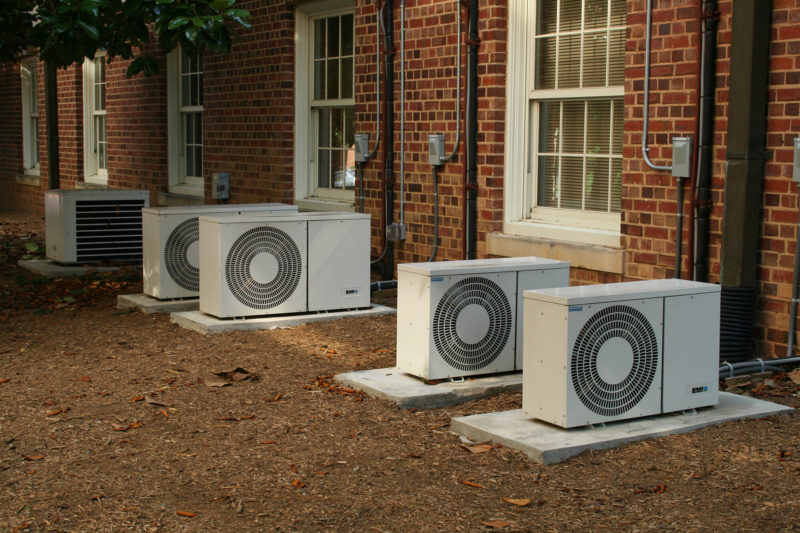In addition to the time-tested central heating and cooling systems that require concealed ducts throughout the home, ductless mini split systems are gaining in popularity because of the various advantages they provide. Like central systems, mini splits have two main components: an outdoor compressor (condenser), and an indoor air-handling unit, called evaporators. A conduit, which houses the power cable, refrigerant tubing, suction tubing, and a condensate drain, links the outdoor and indoor units. The main advantages of ductless mini splits are their small size and flexibility for zoning – heating and cooling individual rooms. Many models can have as many as eight indoor air handling units (for eight zones or rooms) connected to one outdoor unit. The number depends on how much heating or cooling is required for the home or each zone. Each of the zones will have its own thermostat and remote control, so you only need to condition that space when it is occupied, saving energy and money. Ductless mini split systems are also often easier to install than conventional systems. For example, the hook-up between the outdoor and indoor units generally requires only a three-inch hole through a wall for the conduit. Since mini splits have no ducts, they avoid the energy losses associated with ductwork of central forced air systems. Duct losses can account for more than 30% of energy consumption for space conditioning, especially if the ducts are in an unconditioned space such as an attic. The primary disadvantage of mini splits is their cost. Such systems cost about $1,500 to $2,000 per ton (12,000 Btu per hour) of cooling capacity. This is about 30% more than central systems (not including ductwork). The installer must also correctly size each indoor unit and judge the best location for its installation. Oversized or incorrectly located air-handlers often result in short-cycling, which wastes energy and does not provide proper temperature or humidity control. Too large a system is also more expensive to buy and operate. Some people may not like the appearance of the indoor part of the system. While less obtrusive than a window room air conditioner, they seldom have the built-in look of a central system. However, some of the newer ductless systems are capable of mimicking the aesthetics of their duct-based counterparts.

